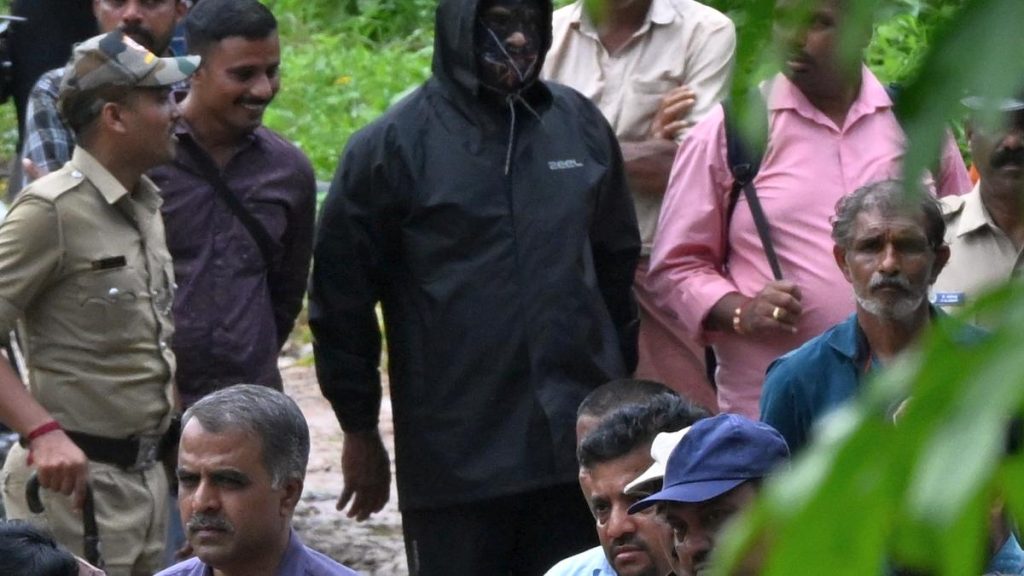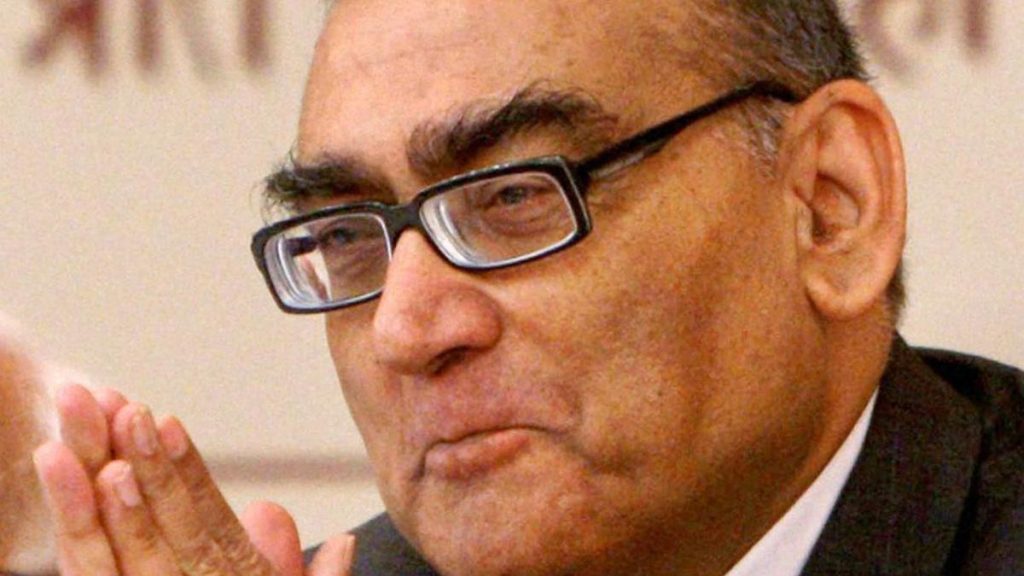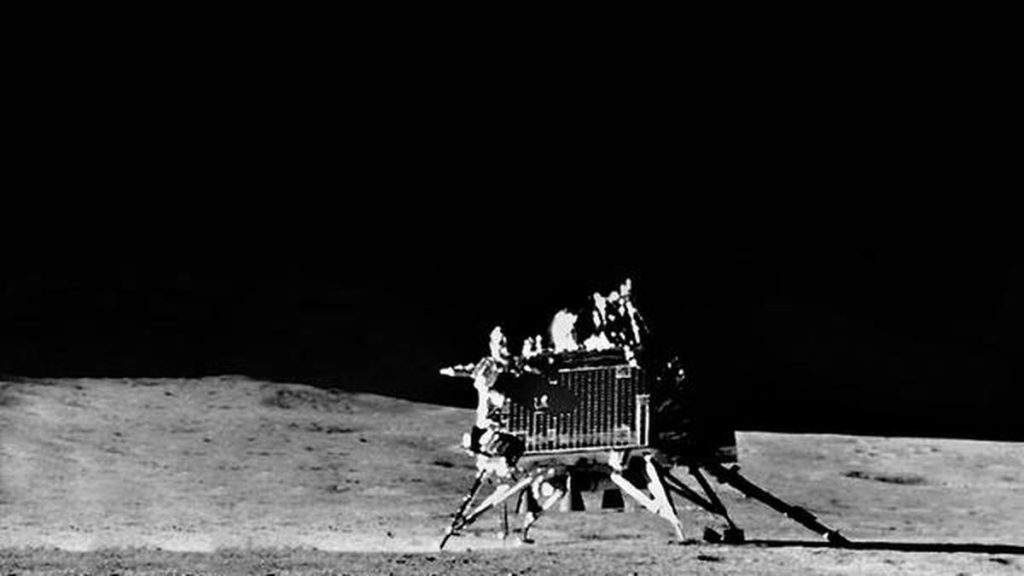Now Reading: Study Reveals 300,000-Year-Old Greek Skull Belongs to Unknown Species
-
01
Study Reveals 300,000-Year-Old Greek Skull Belongs to Unknown Species
Study Reveals 300,000-Year-Old Greek Skull Belongs to Unknown Species

Quick Summary
- Revelation: The Petralona skull was found in 1960 attached to the wall of Petralona Cave in northern Greece, with calcite growing out of it.
- Age Determination: Recent uranium-series dating estimates the calcite is at least 277,000 years old. This suggests the skull is approximately 300,000 years old but perhaps older.
- significance: The fossil is neither human (Homo sapiens) nor Neanderthal but likely belongs to a Middle Pleistocene species broadly called Homo heidelbergensis.
- Coexistence: Research indicates this species lived alongside evolving Neanderthals in Europe during the Middle Pleistocene era.
- Comparison: Similarities where noted with another fossil from Zambia (the Kabwe skull),also classified as Homo heidelbergensis and dated to around 299,000 years.
!Petralona Skull
Caption: Reconstruction of the Petralona skull depicting its attachment to a cave wall and encrustation with stalagmites.Read More
Indian Opinion Analysis
The study on the Petralona skull adds valuable insight into human evolution, particularly regarding species diversity during Europe’s Middle Pleistocene era. For India-home to rich prehistoric sites-the findings underscore how advanced dating methods like uranium-series analysis can be applied to improve understanding of India’s ancient fossils and artifacts. As archaeological science evolves globally, this discovery may inspire further scrutiny over timelines and interspecies interactions across South Asia. Such research could both contextualize India’s place in the broader evolutionary narrative and strengthen conservation efforts for its paleontological heritage.
Moreover, comparisons between different regional fossils highlight humanity’s complex lineage-a “braided stream” rather than a linear progression. India’s extensive prehistoric record might similarly reveal unique evolutionary nuances when studied using modern methodologies seen here.Embracing interdisciplinary collaborations will be essential as India seeks greater insights from its archeological treasures.
























